7
The earth is full of fascinating reptiles, and while some are kings of evasion, others are too large to stay out of anyone’s sight. We’ve compiled a list of the 17 largest reptiles in the world, including some dangerous enough to eat other apex predators.
Saltwater Crocodile
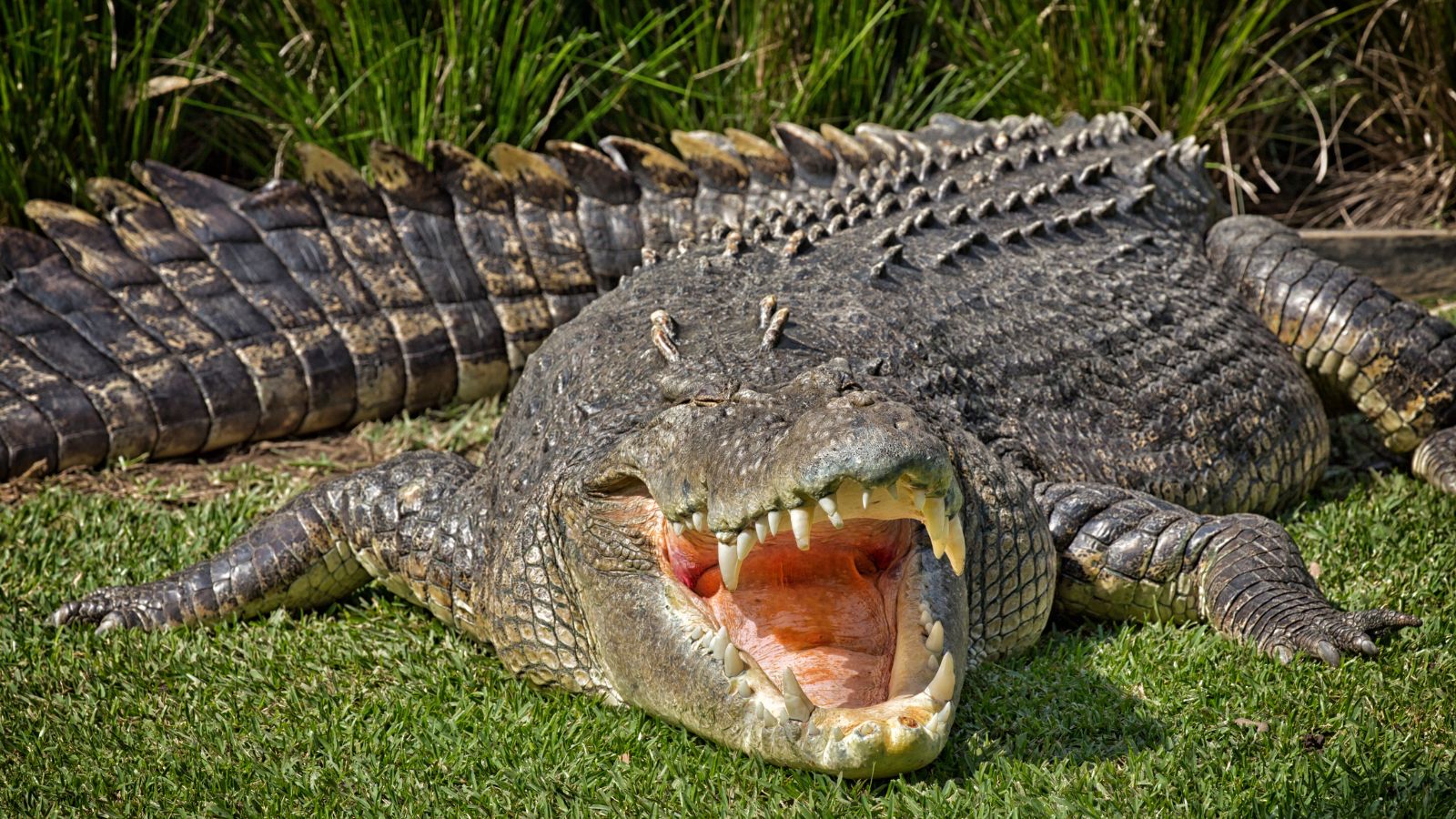
Reaching lengths of up to 20 feet and weighing as much as 3,300 pounds, the saltwater crocodile is the largest extant reptile in the world. These apex predators of Southeast Asia, Northern Australia, and the Eastern Coast of India can be found in river mouths, preying on animals as large as water buffalos.
Reticulated Python
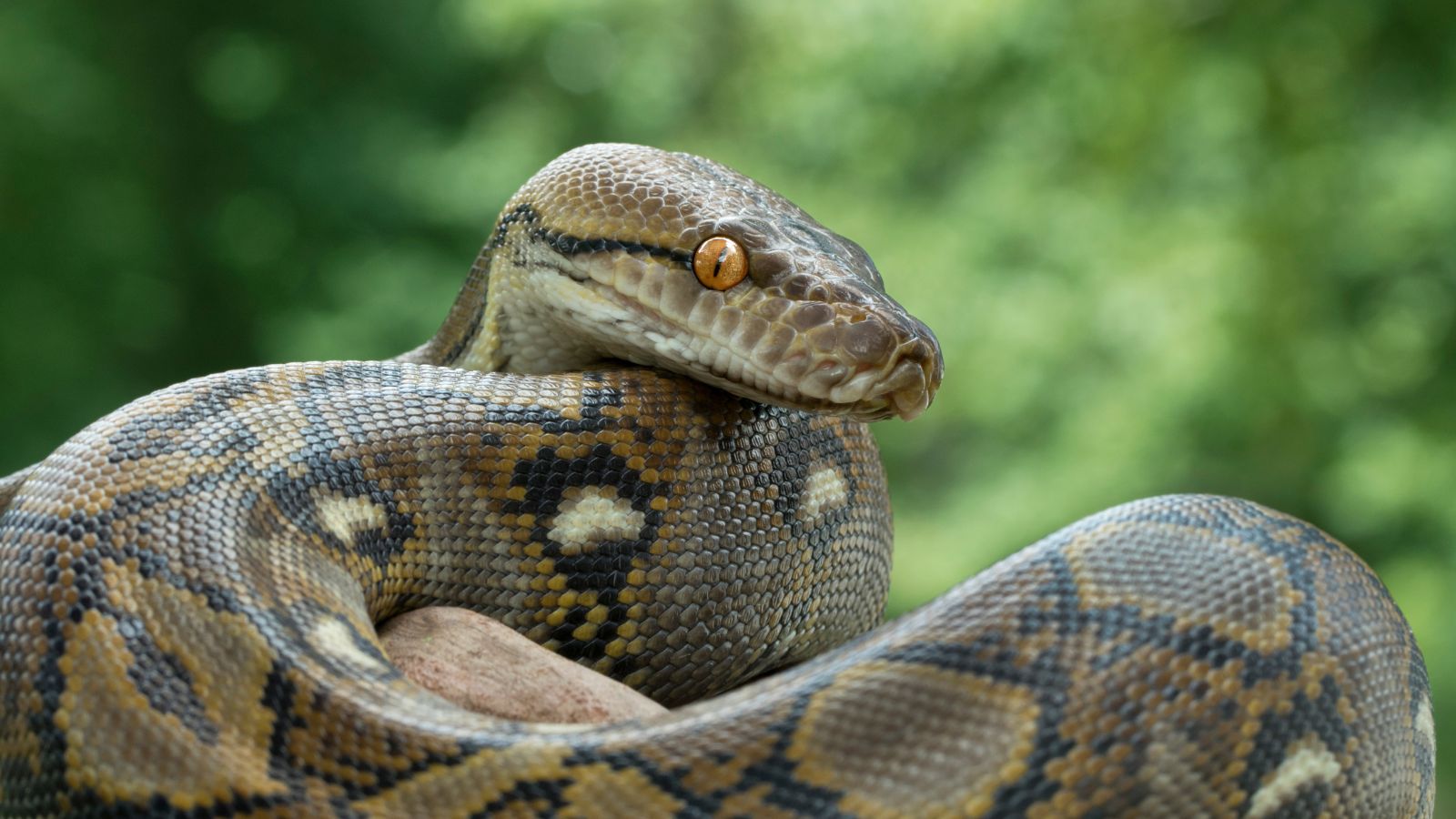
We move on to snakes and start with the largest of all—the reticulated python. These constrictors grow to over 30 feet in length and can weigh as much as 350 pounds. They’re found in the woodlands and rainforests of South and Southeast Asia, preying on pigs and deer.
Green Anaconda

Green anacondas come in as a close second and, as seen in a Reuters report, are sometimes even argued to be the largest snakes in the world. Green anacondas grow up to be almost 30 feet in length and can weigh 500 pounds. They’ll even eat a crocodile if it’s small enough.
Nile Crocodile
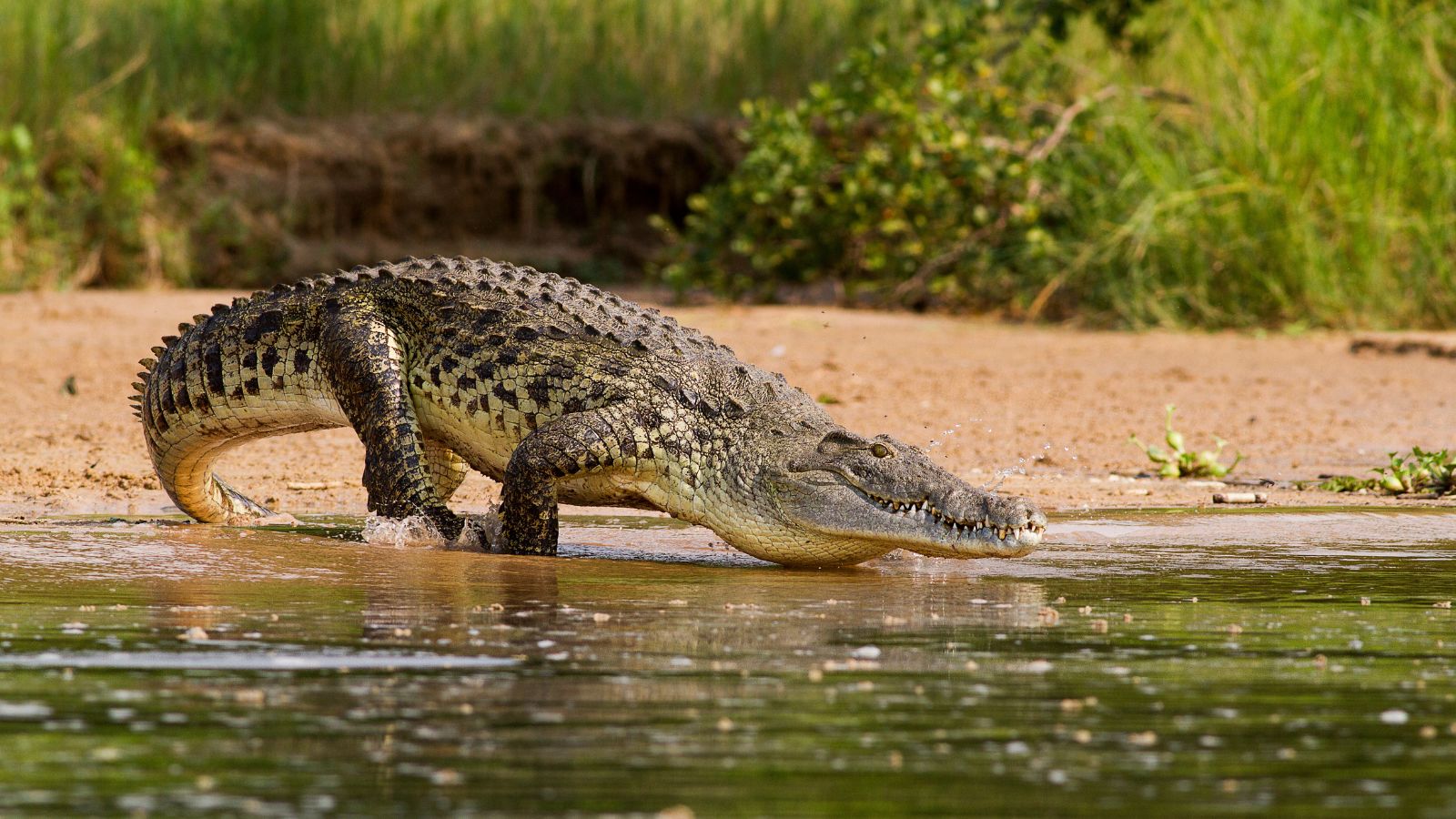
The Nile crocodiles are enormous reptiles that are almost as big as their saltwater relatives. These creatures found along the southern and eastern regions of Africa measure up to 16 feet in length and 1,300 pounds in weight. They also have an appetite big enough for zebras and wildebeasts.
Komodo Dragon
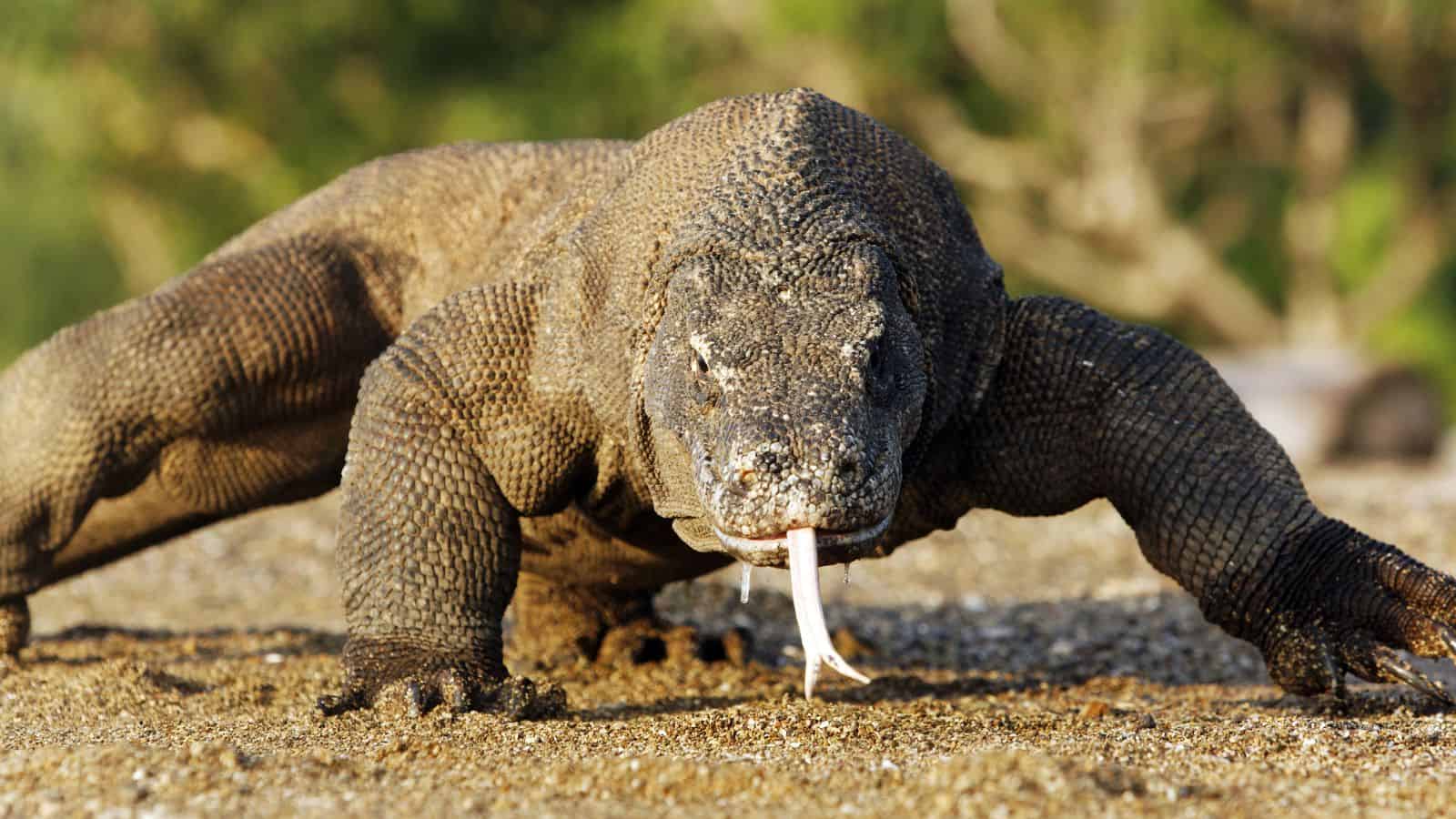
The Komodo dragon is the largest lizard in the world, growing ten feet long and weighing over 150 pounds as an adult. These creatures are native to the Indonesian islands of Komodo, Rinca, Flores, and Gili Motang, and what’s scarier is that they’re venomous, too!
American Alligator
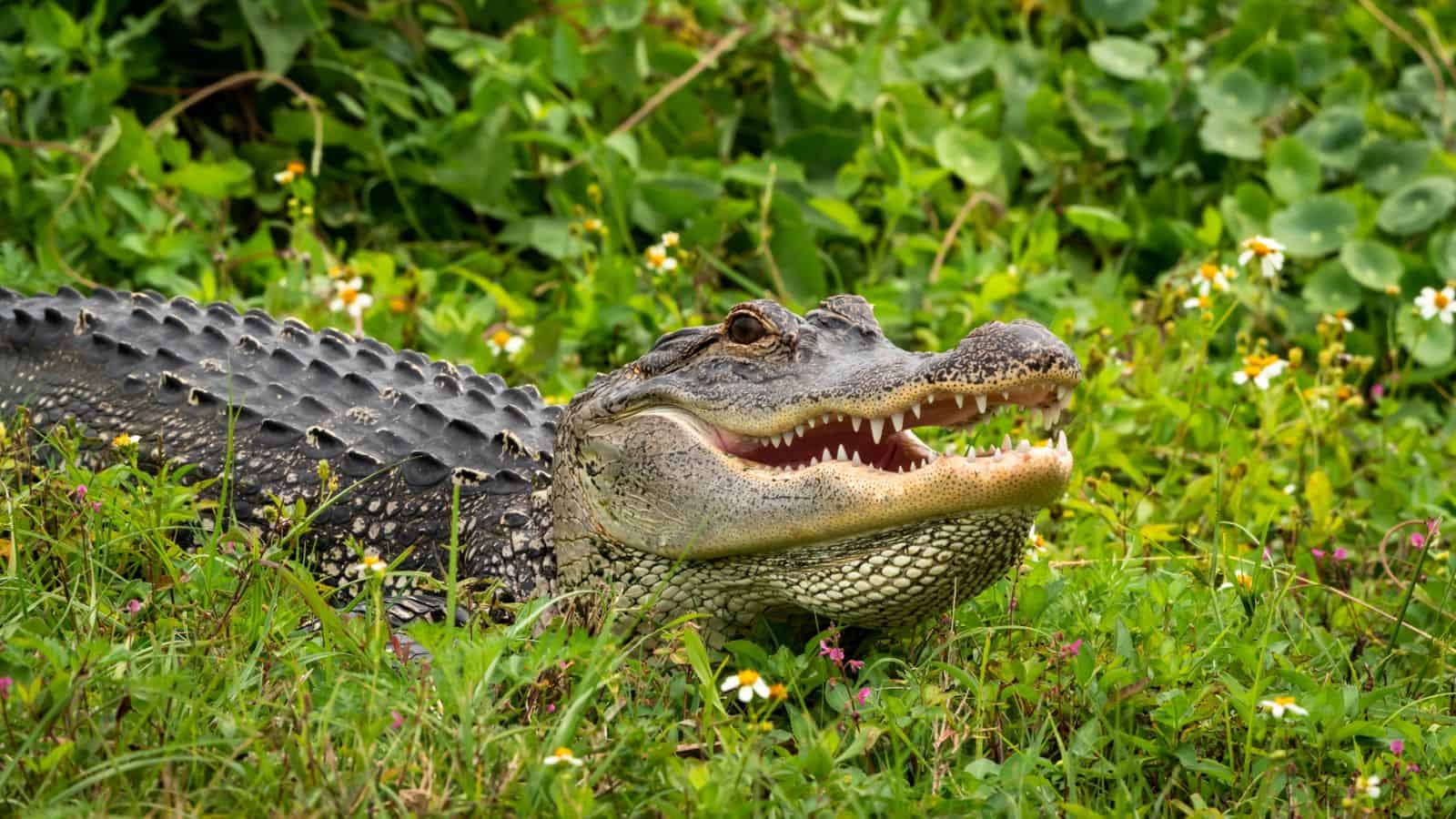
The American alligator is an eight-to-11-foot-long, 1,000-pound creature that feeds on birds, mammals, and other reptiles. It’s exceptionally fast in water and on land, even though it tires out quickly. It is mainly found in freshwater ponds, mashes, and rivers between North Carolina and the Rio Grande in Texas.
Black Caiman
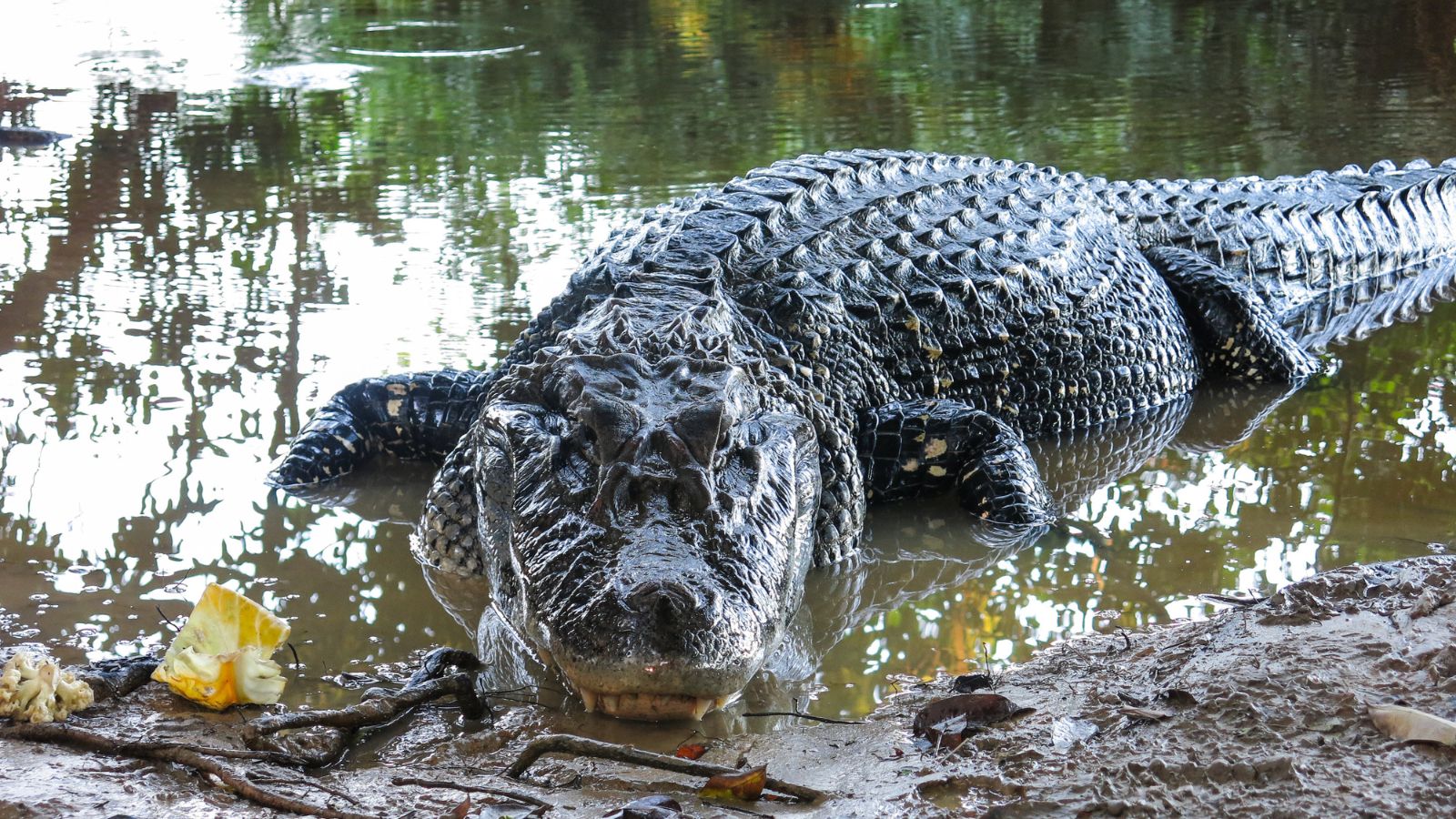
If you thought the American alligator was large, wait till you meet black caimans. The black caiman is the largest species of alligator in the world and the largest predator in the Amazon Basin. These reptiles, especially when they’re allowed to grow old, reach lengths of 16 feet and can weigh up to 1,100 pounds.
Leatherback Sea Turtle
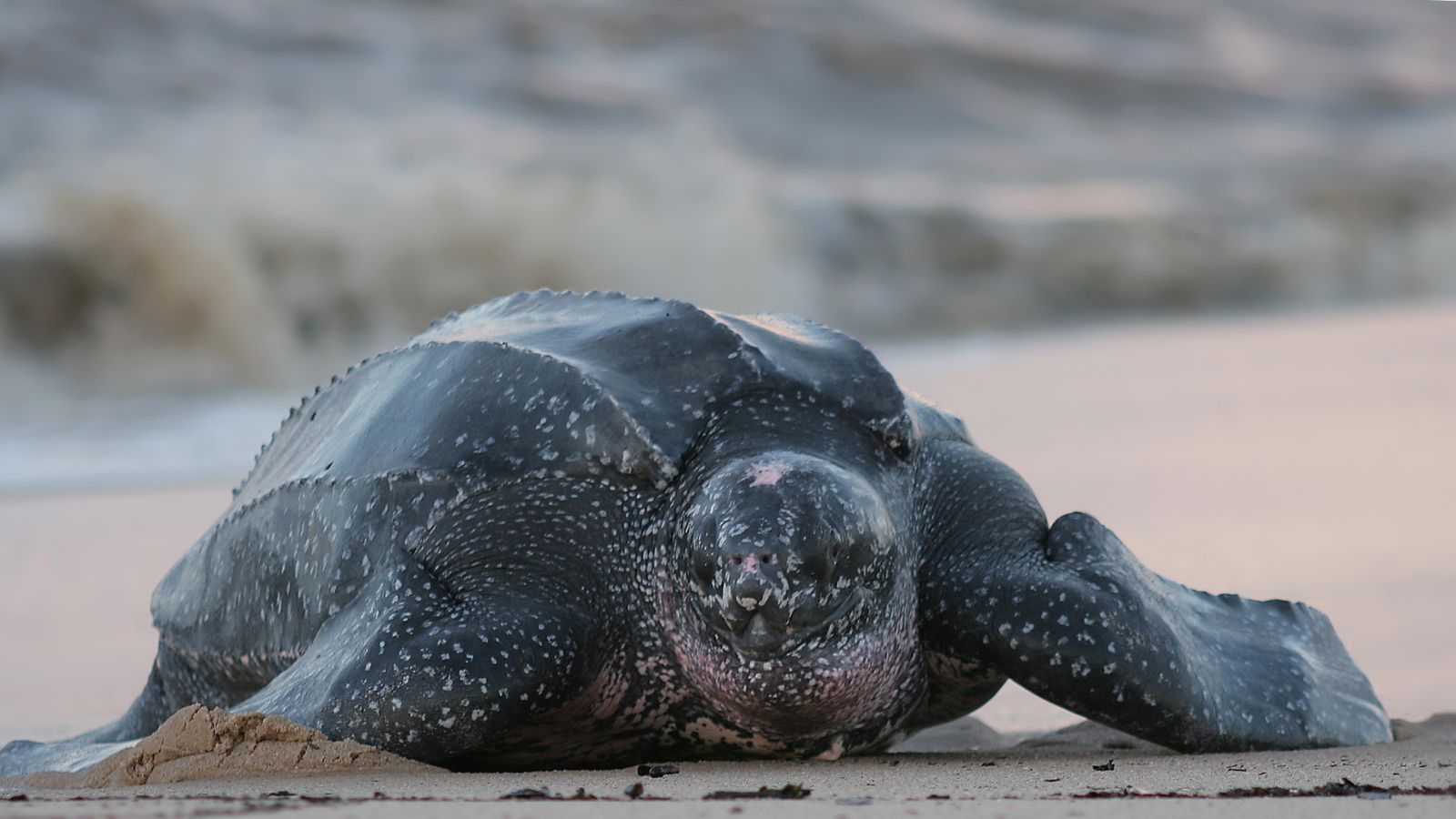
The National Park Service says that “the leatherback is the largest turtle and one of the largest living reptiles in the world.” The largest to be recorded was over 8 feet long and weighed a ton (2,000 pounds). These sea creatures are also said to live for an estimated 45 to 50 years.
King Cobra
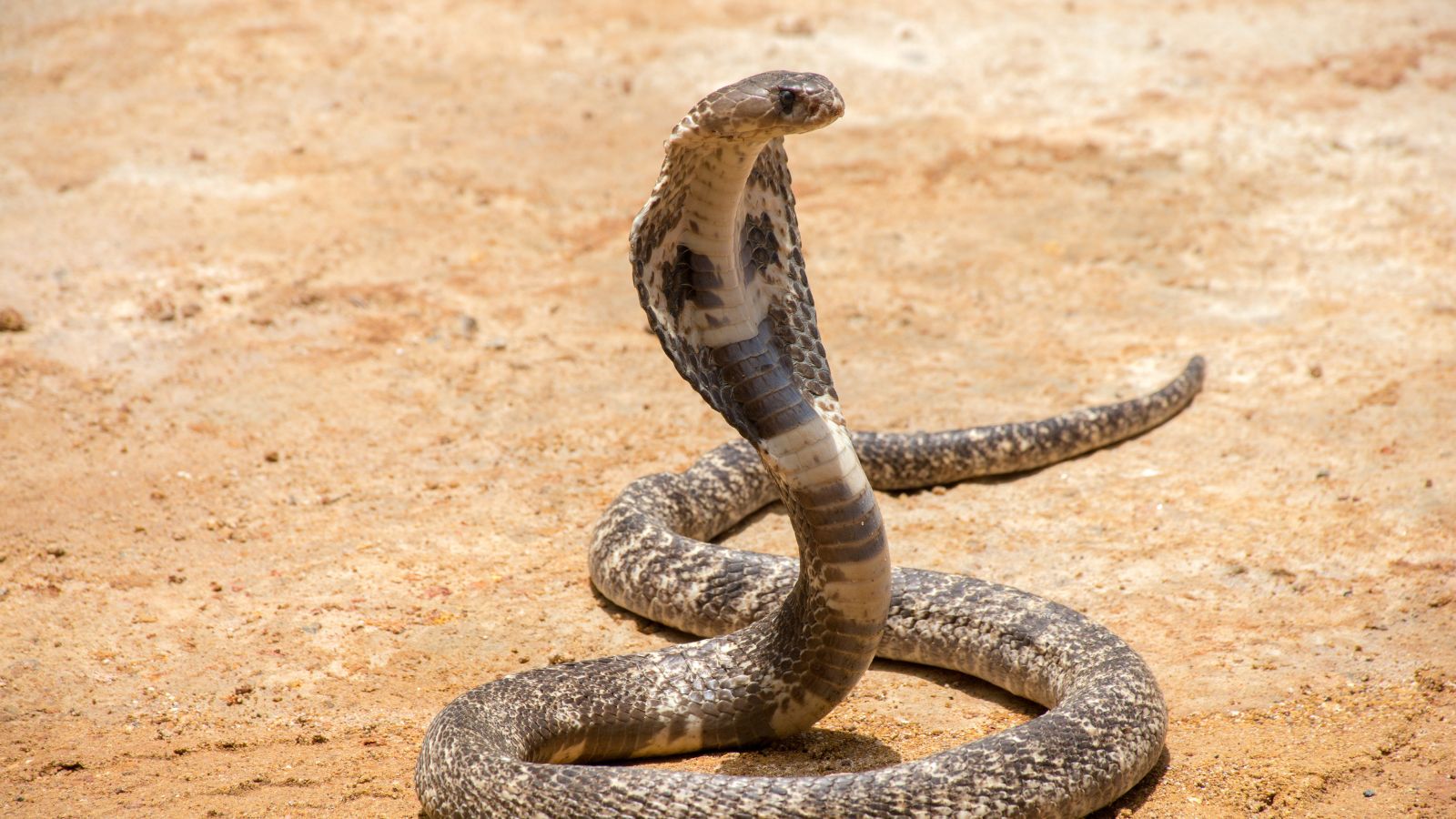
The king cobra may not be the largest snake around, but it’s called a ‘king’ for a reason. These snakes are the largest venomous snakes in the world, even longer than some python species, as they stretch across an awesome 18 feet. However, they’re one of the lightest reptiles on our list, weighing only 20 pounds.
Orinoco Crocodile

The Orinoco crocodile is yet another prehistoric reptilian on our list, and you’ll find it in the Orinoco River basin in Venezuela and Colombia. According to Brittanica, Orinoco crocodiles, with their diets containing fish and mammals like capybara, can reach over 21 feet in length and also weigh as much as 880 pounds.
Gharial
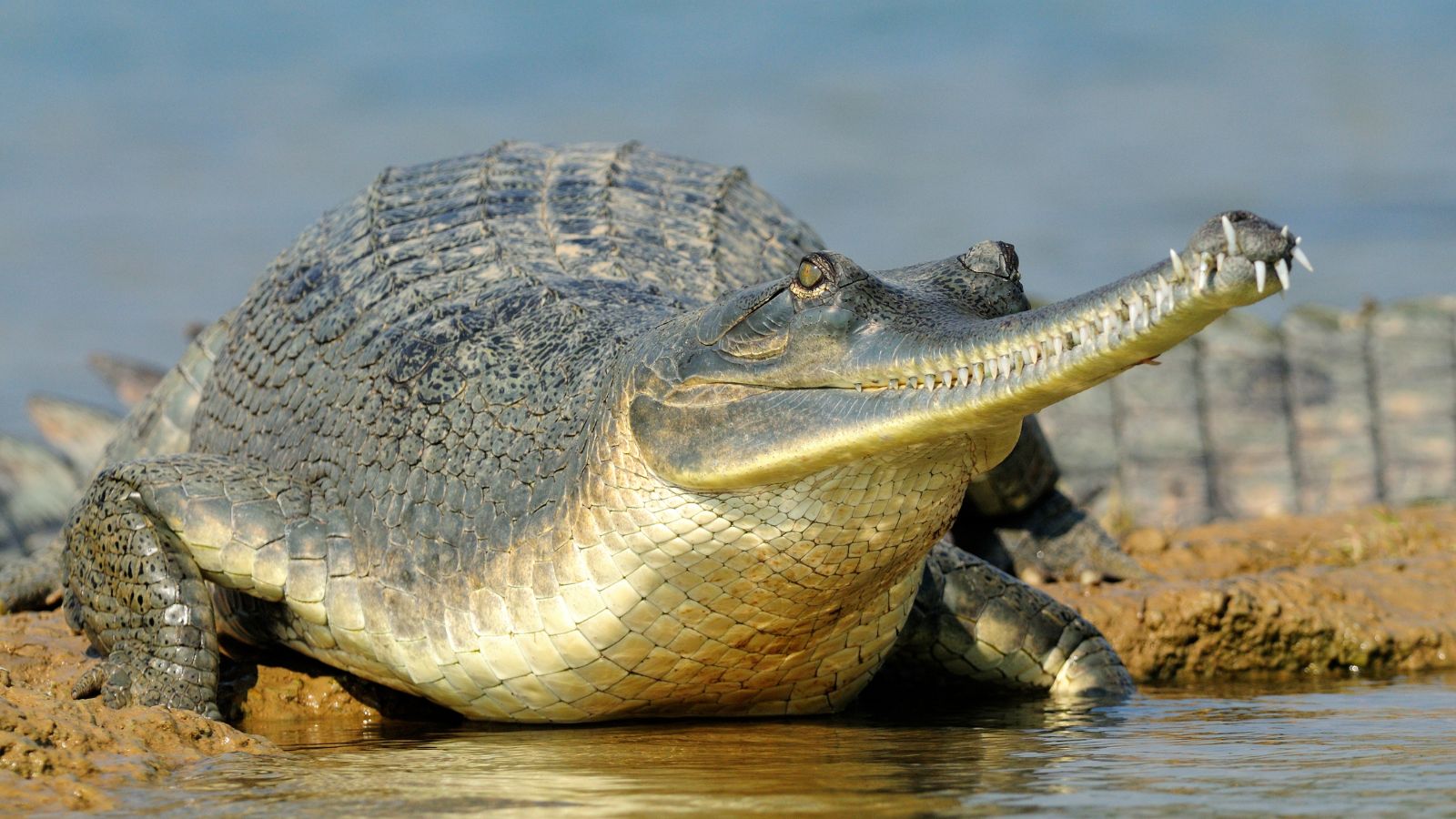
The gharial is a lesser-known member of the crocodilian species. It’s a thin-mouthed crocodile that grows up to 20 feet in length and can weigh a whopping 550 pounds. The biggest ever was recorded to be over a ton heavy (2,154 pounds), and it’s even more shocking that they feed exclusively on fish.
Burmese Python
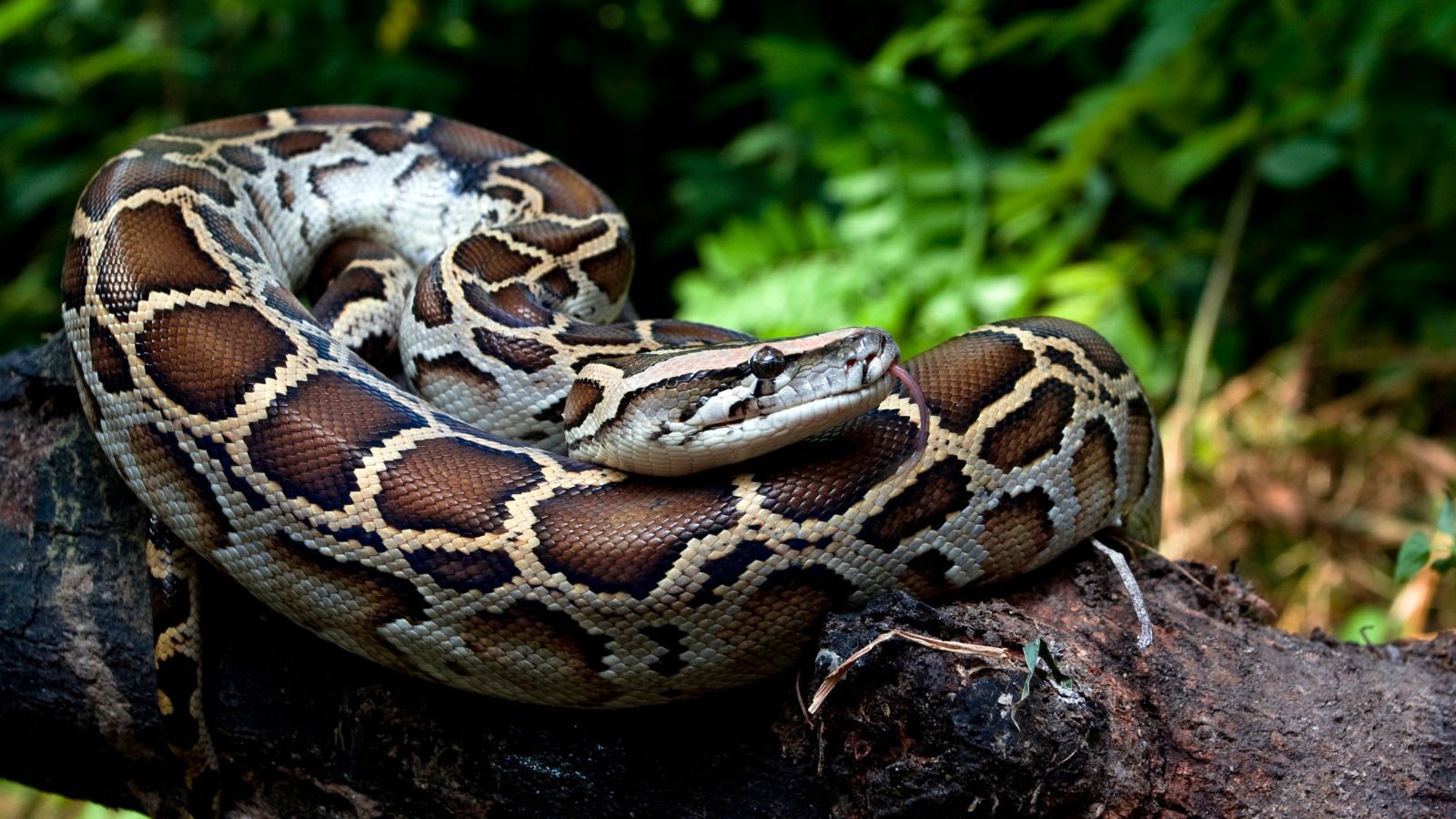
The Burmese python is a 23-foot-long, 200-pound constrictor found in Burma, Thailand, southern China, and the Malay Archipelago. It is one of the world’s five largest snakes and, like many of its kind, is a solitary hunter that can swallow large prey like deer whole.
Loggerhead Turtles
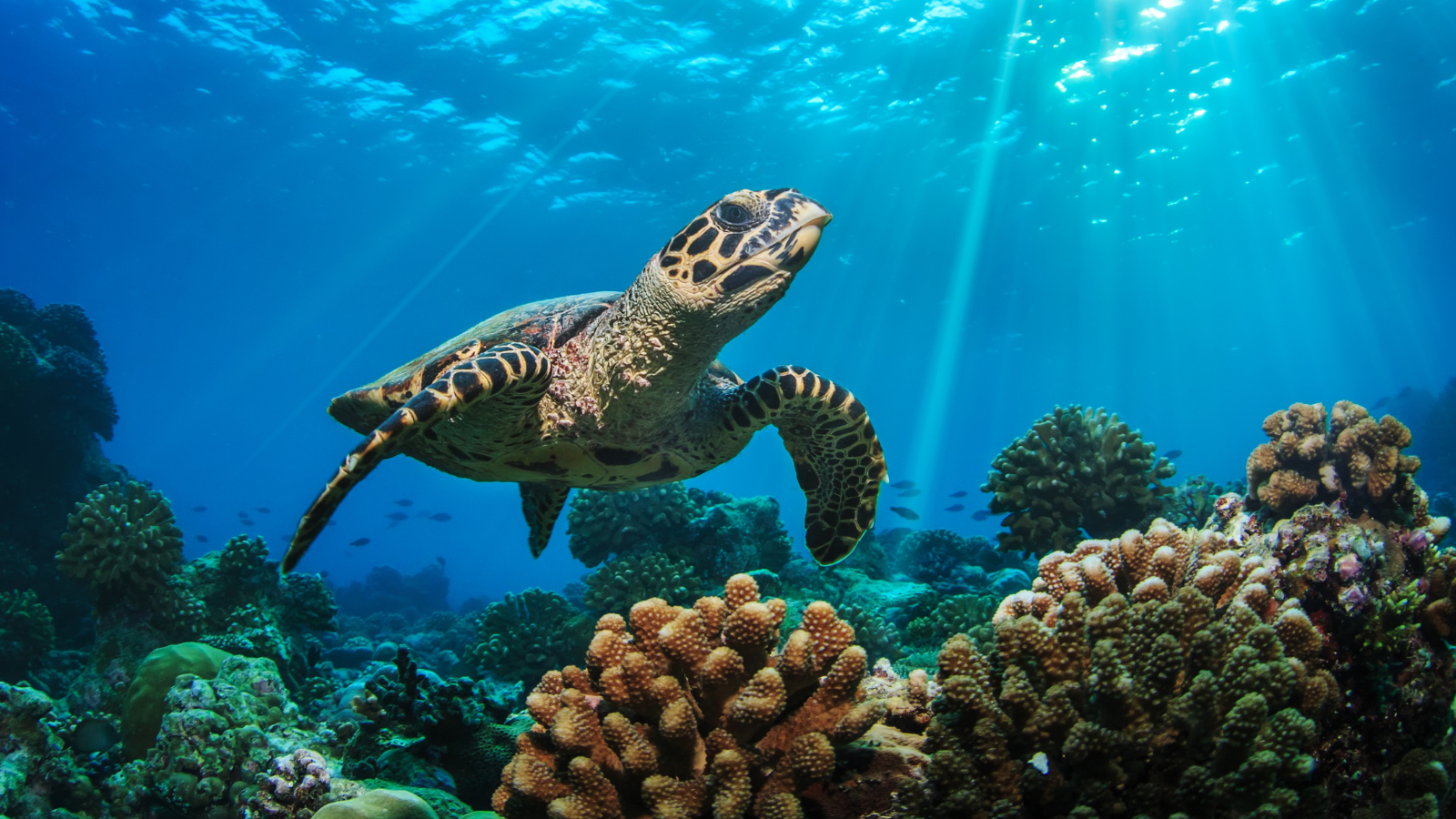
Stretching only 3.5 feet but weighing 1,000 pounds, the NOAA says that loggerheads are named after their “large head, which supports powerful jaw muscles that enable them to feed on hard-shelled prey, such as whelks and conch.” They’re the most abundant sea turtles in U.S. coastal waters as well!
Aldabra Giant Tortoise
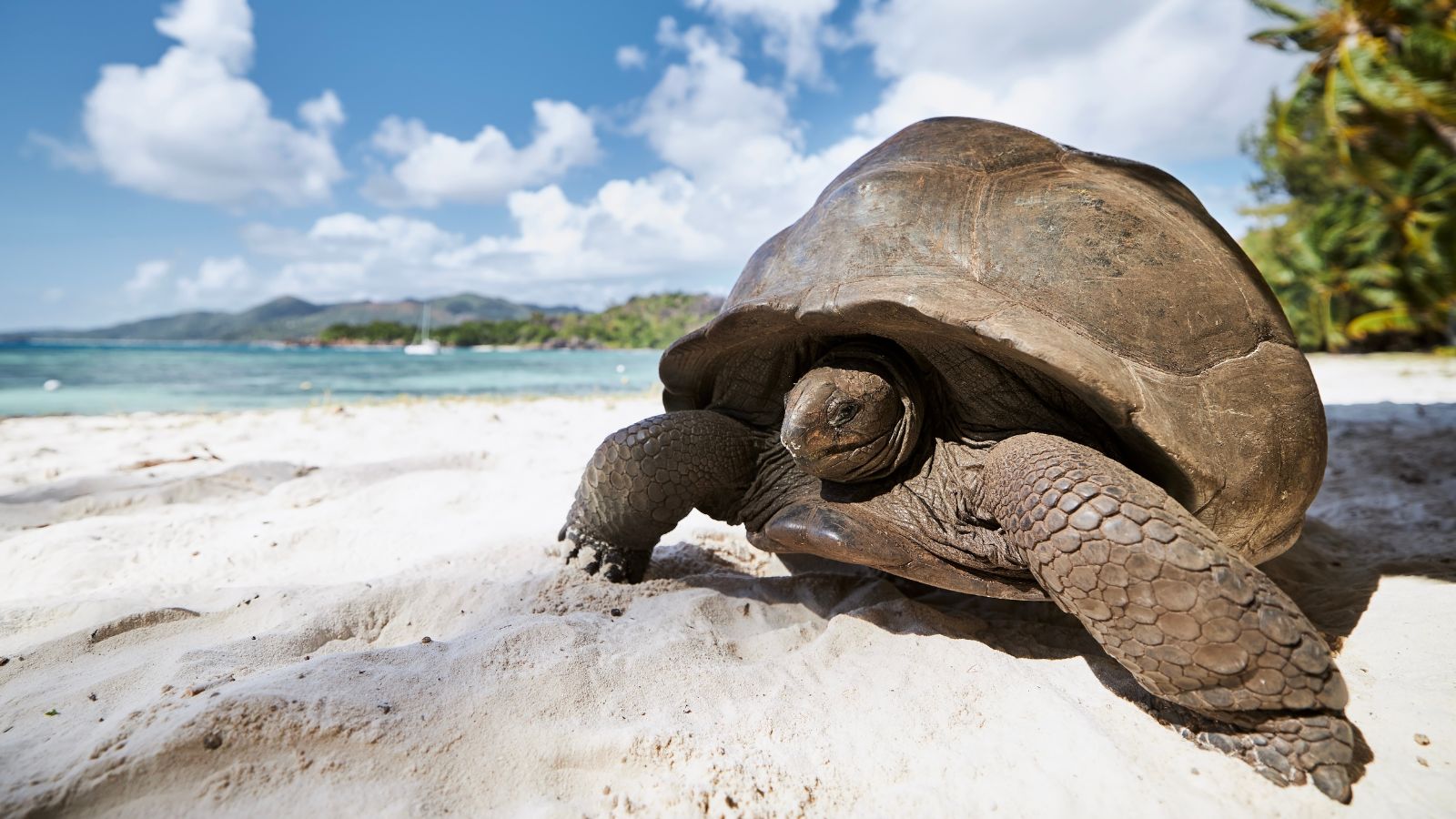
The Aldabra giant tortoise (specifically the male Aldabra giant tortoise) is the second largest land testudine in the world. Although these hard-shelled reptiles only grow as long as four feet, they can be as heavy as 550 pounds in their prime. They’re also only found in the Aldabra Atoll in the Seychelles.
Galapagos Tortoise
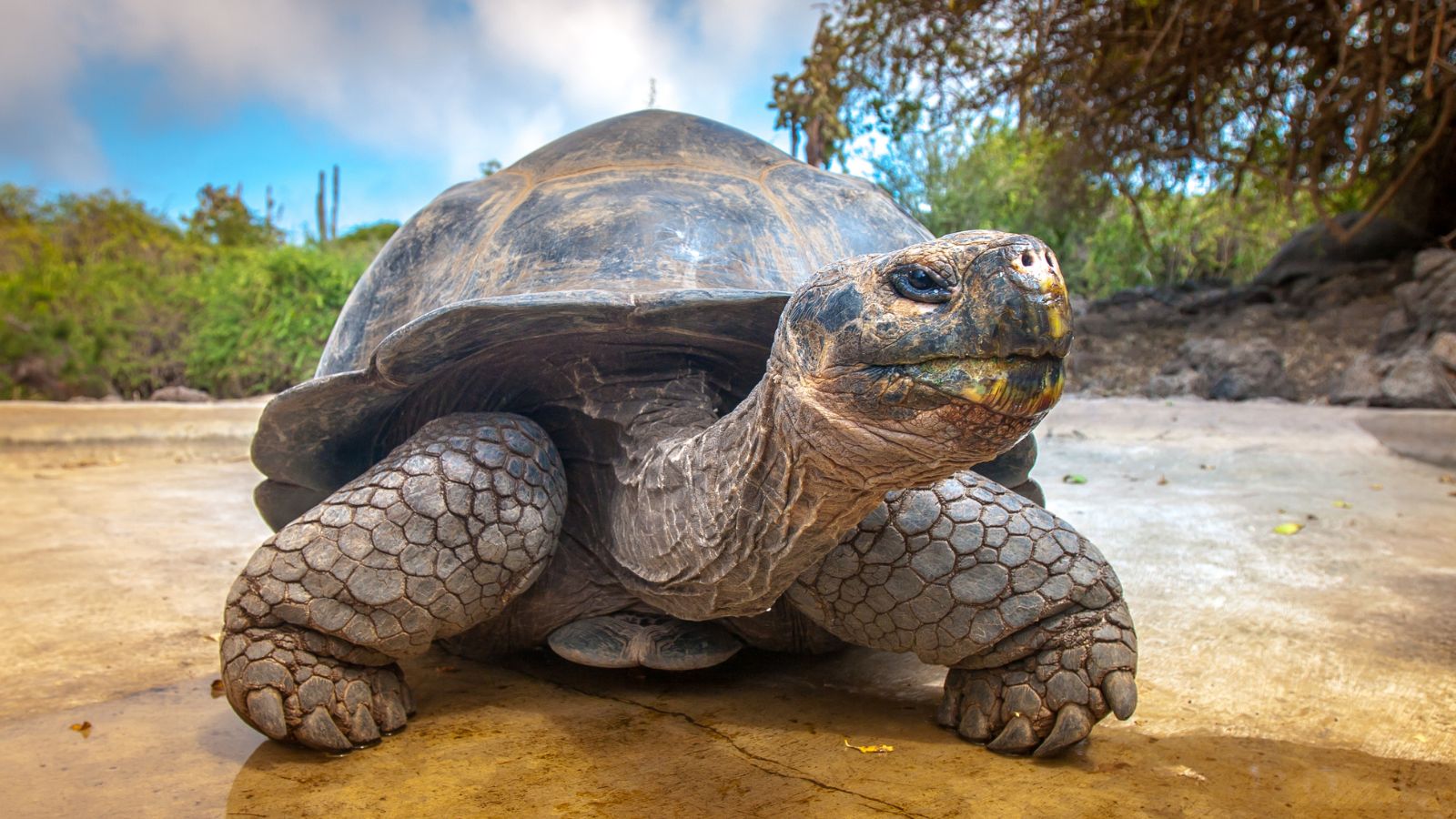
Now, the position of the largest land tortoise in the world goes to the Galapagos tortoise, endemic to the Galápagos Fernandina island. There are only 15,000 of these five-foot, 500-pound tortoises in the wild, and their large size is due to their evolution from not being hunted as prey.
American Crocodile
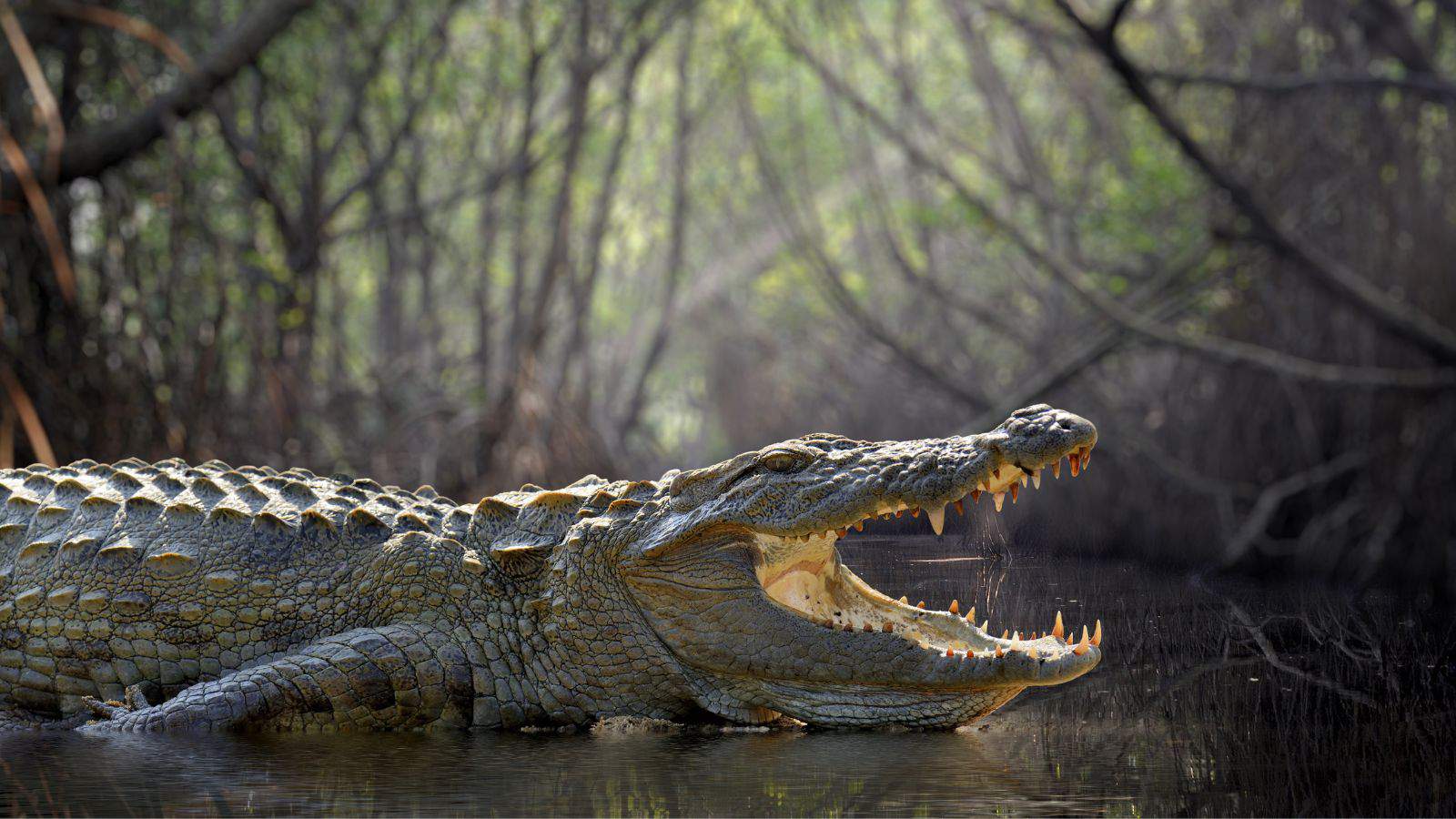
Like alligators, America also has its own crocodilian species—the American crocodile—which grows to about twenty feet in length and weighs up to a ton. Although most are found in southern Florida, the FWC tells us that you can come across one in Hispaniola, Cuba, Jamaica, and along the Caribbean coast.
African Rock Python
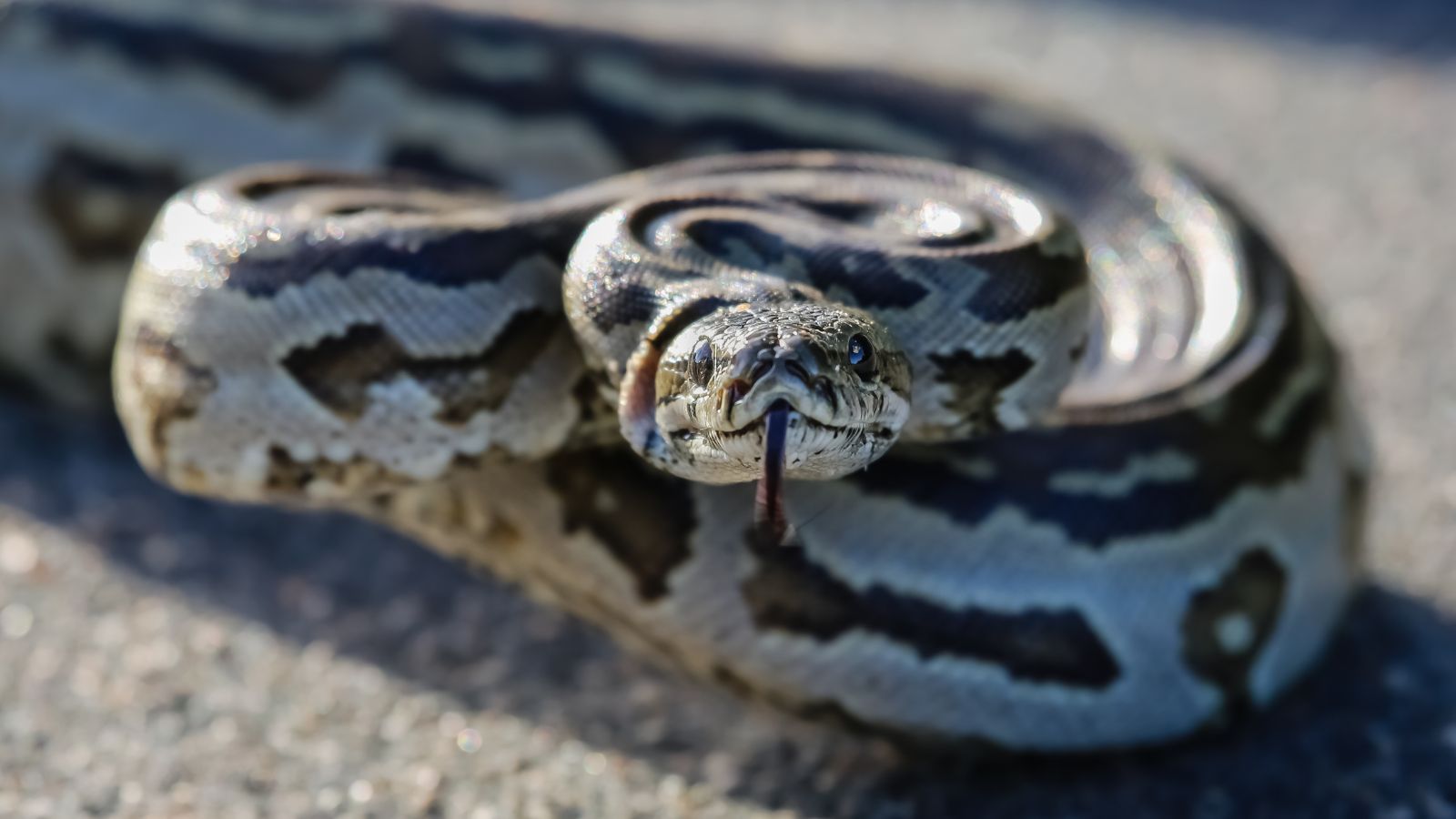
The African rock python is the largest snake species in Africa, reaching lengths of 16 feet and weighing an average of about 121 pounds. It’s mostly found in the savannahs and forests of sub-Saharan regions, and it’s so dangerous that it will prey on antelopes and crocodiles if it has to.
Up Next: 17 Commonly Believed Myths About The Wild West That Are Actually False

The Wild West was a peculiar place to live in, for sure. But are the stories of gunslinging cowboys and superhero sheriffs true? Here are 17 myths about the Wild West you should stop believing today.
17 COMMONLY BELIEVED MYTHS ABOUT THE WILD WEST THAT ARE ACTUALLY FALSE
18 Signs Someone Has a Personality Disorder

Personality disorders are underdiagnosed because they’re often misconceived as people ‘being difficult.’ Society also tends to focus more on the symptoms of anxiety and depression that accompany personality disorders, neglecting the other signs. To promote understanding, here are 18 signs someone isn’t being difficult but has a personality disorder.
18 SIGNS SOMEONE HAS A PERSONALITY DISORDER
20 Reasons Why Older Couples Are Ending Their Relationships

As our society modernizes and normalizes separation for couples who feel unhappy or stagnated, even older couples are choosing to end their marriages in greater numbers. While staying “till death do us part” and spending your golden years with a life-long partner may be more traditional, here are 20 reasons why older people might now be choosing divorce instead.
